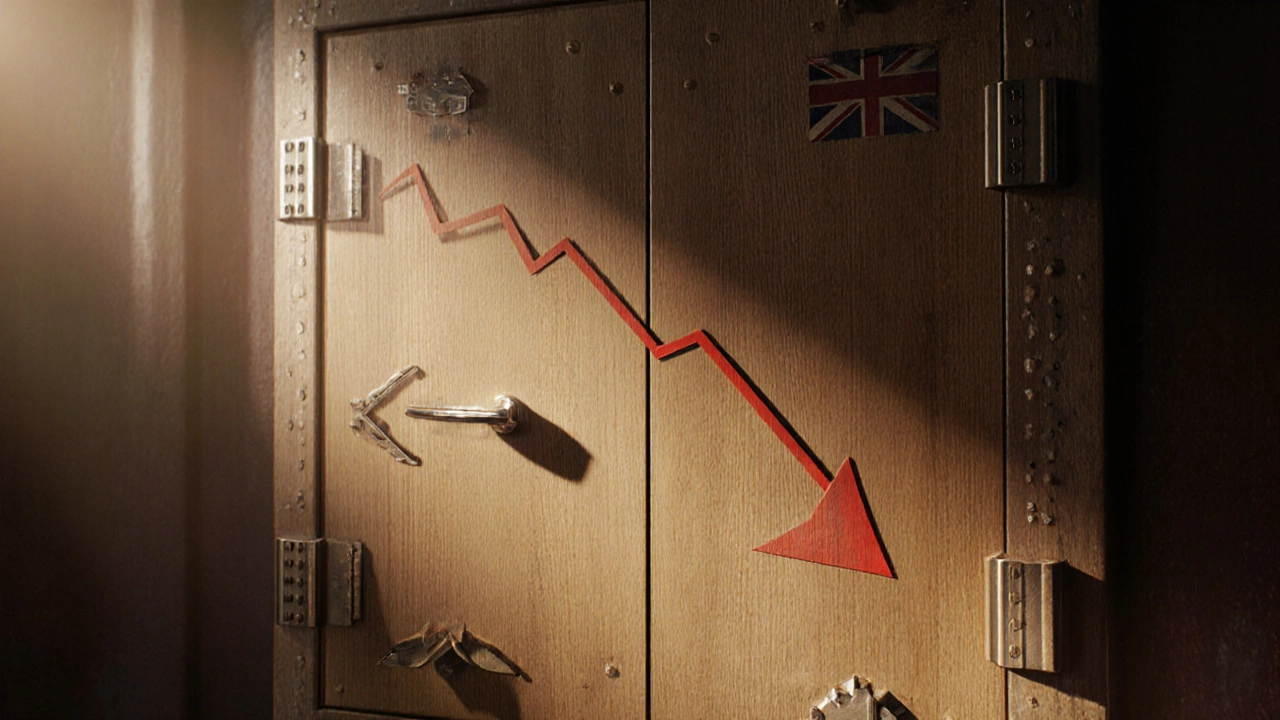ISA: Your Simple Path to Tax‑Free Savings
If you’re looking for a way to grow your money without paying extra tax, an ISA is the first tool you should think about. It’s a government‑approved wrapper that lets you keep interest, dividends or capital gains free from Income Tax and Capital Gains Tax. That means every pound you earn stays yours.
What Is an ISA and Why It Matters
There are several flavours of ISA, each built for a different goal. The most common is the Cash ISA, which works like a regular savings account but without tax on the interest. If you want your money to work harder, a Stocks & Shares ISA lets you invest in shares, bonds or funds while still shielding any profit from tax.
The Lifetime ISA (LISA) is aimed at younger people saving for a first home or retirement. You can put in up to £4,000 a year and the government adds a 25% bonus – that’s a free £1,000 on a £4,000 contribution. Finally, the Innovative Finance ISA lets you lend money through peer‑to‑peer platforms, earning interest that’s also tax‑free.
All ISAs share one rule: you can’t exceed the annual allowance, which is £20,000 for the 2024/25 tax year. You can split that allowance across different types, but the total can’t go over the limit.
Practical Tips to Make the Most of Your ISA
1. Use the full allowance each year. Even if you only have a small amount to spare, topping up a Cash ISA with £200 now means you won’t lose that tax‑free space later. The allowance doesn’t roll over, so any unused part is gone.
2. Choose the right provider. Some banks pay higher interest on cash, while others offer lower fees on Stocks & Shares ISAs. Compare rates, fees and the range of funds before you sign up.
3. Review your investments annually. A Stocks & Shares ISA that performed well last year might not suit your risk tolerance today. Rebalancing or switching funds can keep your portfolio aligned with your goals.
4. Take advantage of the LISA bonus. If you’re under 40, the LISA can be a powerful boost for a first‑home purchase. Just remember the withdrawal rules – you’ll pay a penalty if you pull out for anything else before age 60.
5. Move your ISA when it makes sense. You can transfer a Cash ISA to a higher‑interest account or shift a Stocks & Shares ISA to a different platform without losing the tax shelter. Make sure the transfer is done by the provider to avoid a tax charge.
6. Treat your ISA as part of your emergency fund. A Cash ISA with easy access can double as a safety net, giving you quick cash without the tax hit you’d get from a regular savings account.
7. Plan for retirement early. A Stocks & Shares ISA can complement a pension, especially if you want extra flexibility. The tax‑free growth helps the pot stretch further when you start withdrawing.
By keeping these tips in mind, you can turn a simple ISA into a strong pillar of your financial plan. Start small, stay consistent, and watch your tax‑free savings grow year after year.

US citizens cannot legally invest in ISAs, even if living in the UK. The IRS treats ISAs as taxable accounts, and failing to report them can lead to heavy penalties. Here's what to do instead.
Read More
Explore why an ISA can lose value, the risks of cash, stocks & shares, and innovative finance ISAs, and learn practical steps to safeguard your tax‑free savings.
Read More
ISA accounts, or Individual Savings Accounts, are popular in the UK for those looking to save money with tax benefits. However, it's important to understand the risk levels associated with various types of ISAs, such as Cash ISAs and Stocks & Shares ISAs. This article provides insights into how to protect your savings and make informed decisions about investing in ISAs, especially during volatile financial times. By considering key factors and tips, savers can maximize the potential of their ISA accounts securely.
Read More